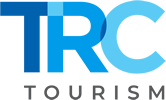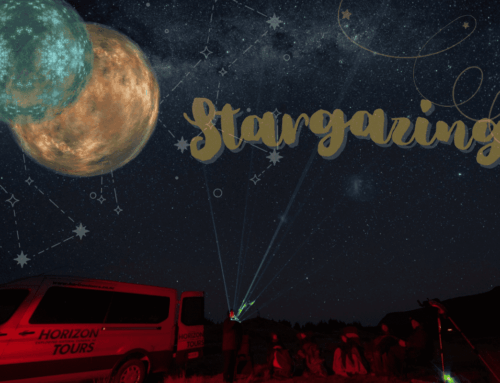Kylie Ruwhiu-Karawana | Specialist Consultant
He kākano āhau
I am a seed
Tēnā koutou katoa. Ko Kylie Ruwhiu-Karawana tōku ingoa. No Ngapuhi ahau, kei Ōtepoti ahau e noho ana.
My name is Kylie Ruwhiu-Karawana. I am a values-based Māori tourism operator who takes visitors on a journey of discovery through the power of storytelling. I am a consultant with TRC, living in beautiful Ōtepoti, Aotearoa, Dunedin, New Zealand. I am also lucky enough to be attending the 2022 Sustainable Trails Conference in November to talk to attendees about the power of indigenous storytelling bringing our natural world to life.
And, he kākano āhau. I am a seed.
The complete whakatauki, or proverb this comes from, talks of being a seed that is born of greatness. He kākano āhau, i ruia mai i Rangiatea. It is my belief that from that seed runs a thread of knowledge that moves through me, connecting me to my ancestors, and continues through my children and descendants that may come from them in the future.
Within that thread of knowledge flows the beliefs and traditions that are the foundations of my culture. For example, among many Māori tribes there is an abundance of oral traditions about peoples and gods who called Aotearoa, New Zealand home from the very beginning of time. From the gods that ruled the natural world, to the great Polynesian explorer Kupe, to stories of how Māori believe we are of the stars and the stars are of us. Our oral traditions provide rich records of the past that have been handed down by voice throughout many generations through whakapapa (genealogy), whakataukī (proverbs), korero (narrative) and waiata (song).
Storytelling is a way to protect a culture’s history and heritage. It is a way to transfer knowledge to tamariki (children), for them to understand and learn their history and their whakapapa. It can also provide a sense of identity that strengthens the relationship between the people and the place, providing an emotional resonance for visitors to a destination by breathing life into the landscapes.
For many of the trails and walkways that attract visitors each year, there will be an oral tradition that can help bring these assets to life in a way that will be completely unique to that area. Hearing the stories being told by the right people in the right way, in the right place, adds a dimension to an outdoor experience that allows that stronger emotional connection to be forged. And, like in Aotearoa, New Zealand, there may be multiple ways a story can be told, by different iwi (tribes) hapū (subtribes), or whanau (families). The variation in the spectrum of authenticity between visitor and host provides multiple opportunities to tell various chapters of a broader story.
I am very much looking forward to the conference in November. I look forward to talking with like-minded individuals about how storytelling can add value to any experience, and how strong engagement with indigenous communities, and working with indigenous tourism operators can provide mutually beneficial relationships for visitors, operators, industry stakeholders and the broader community.






